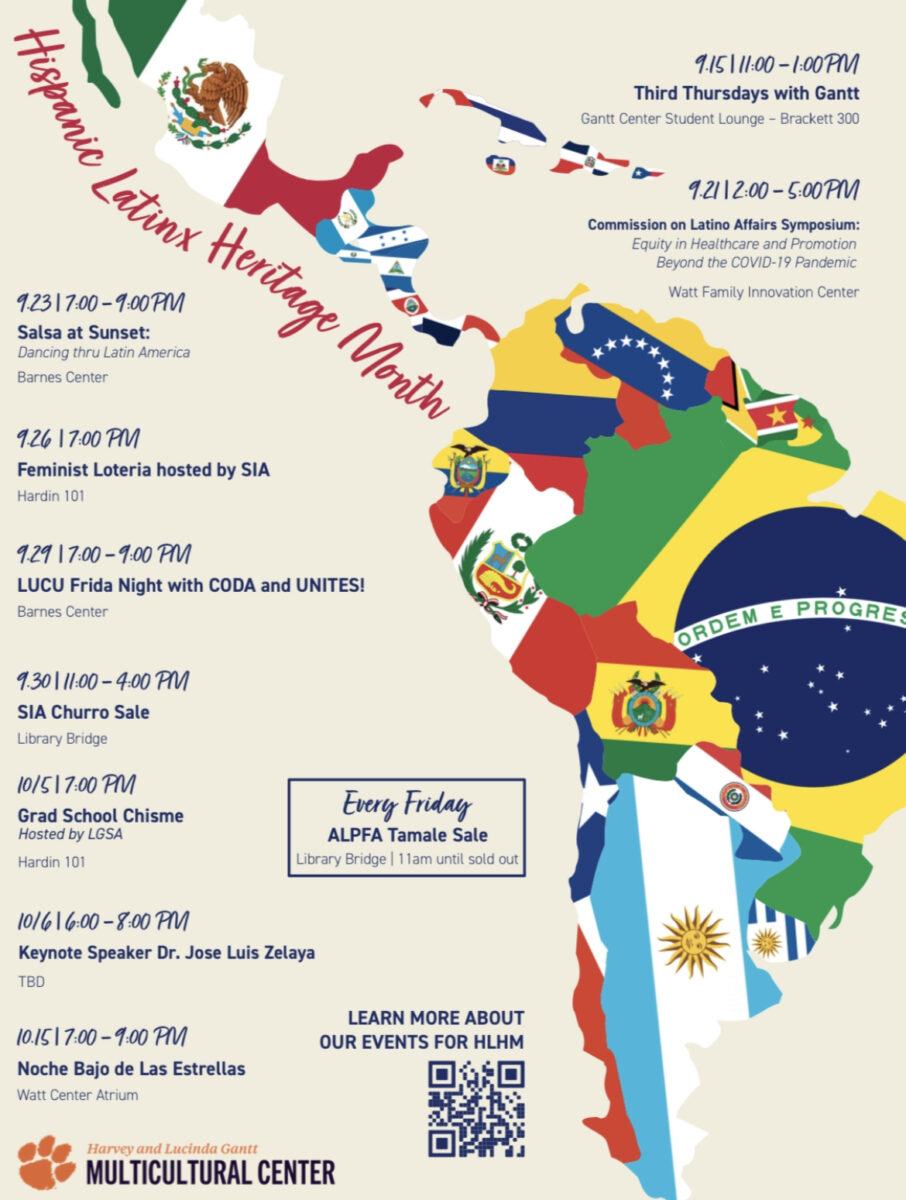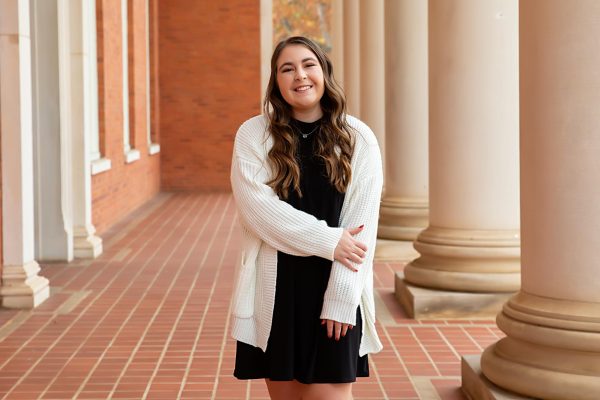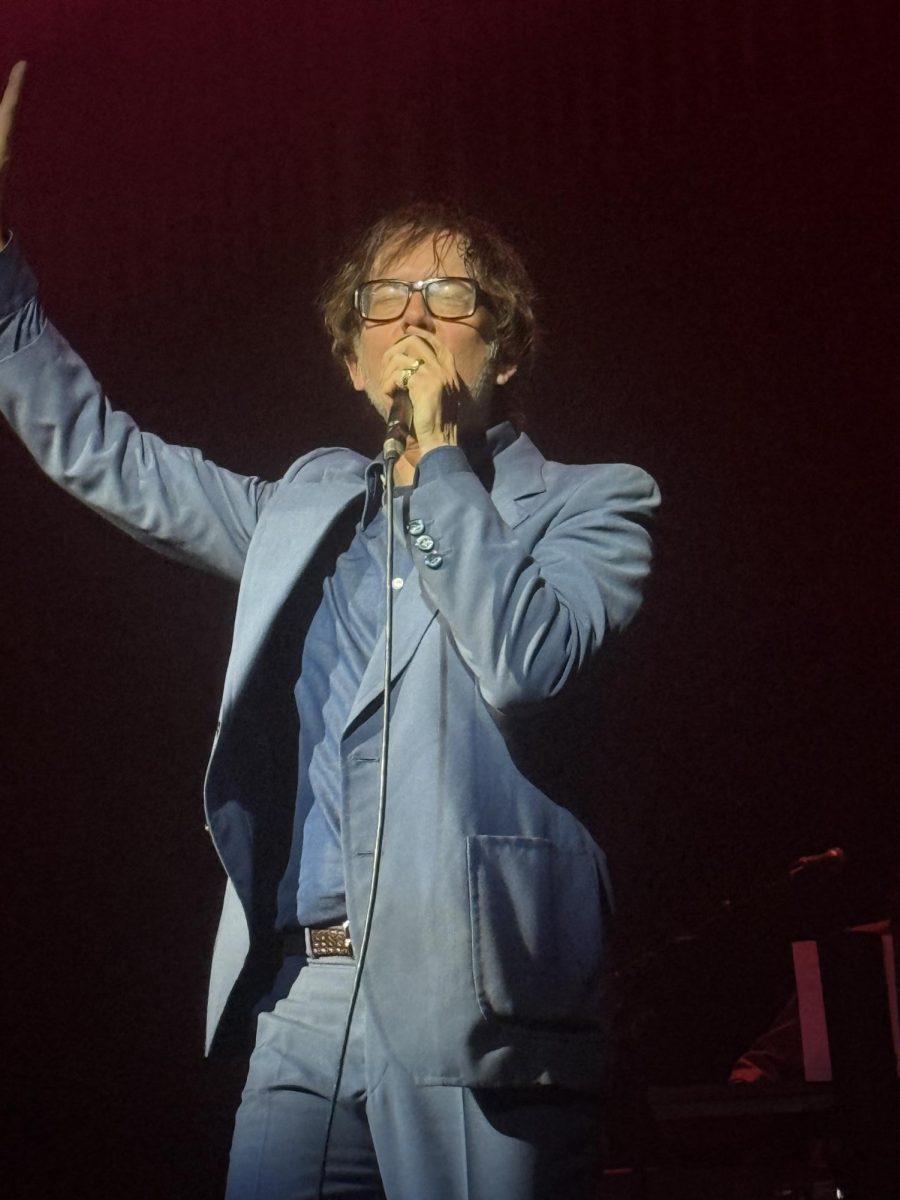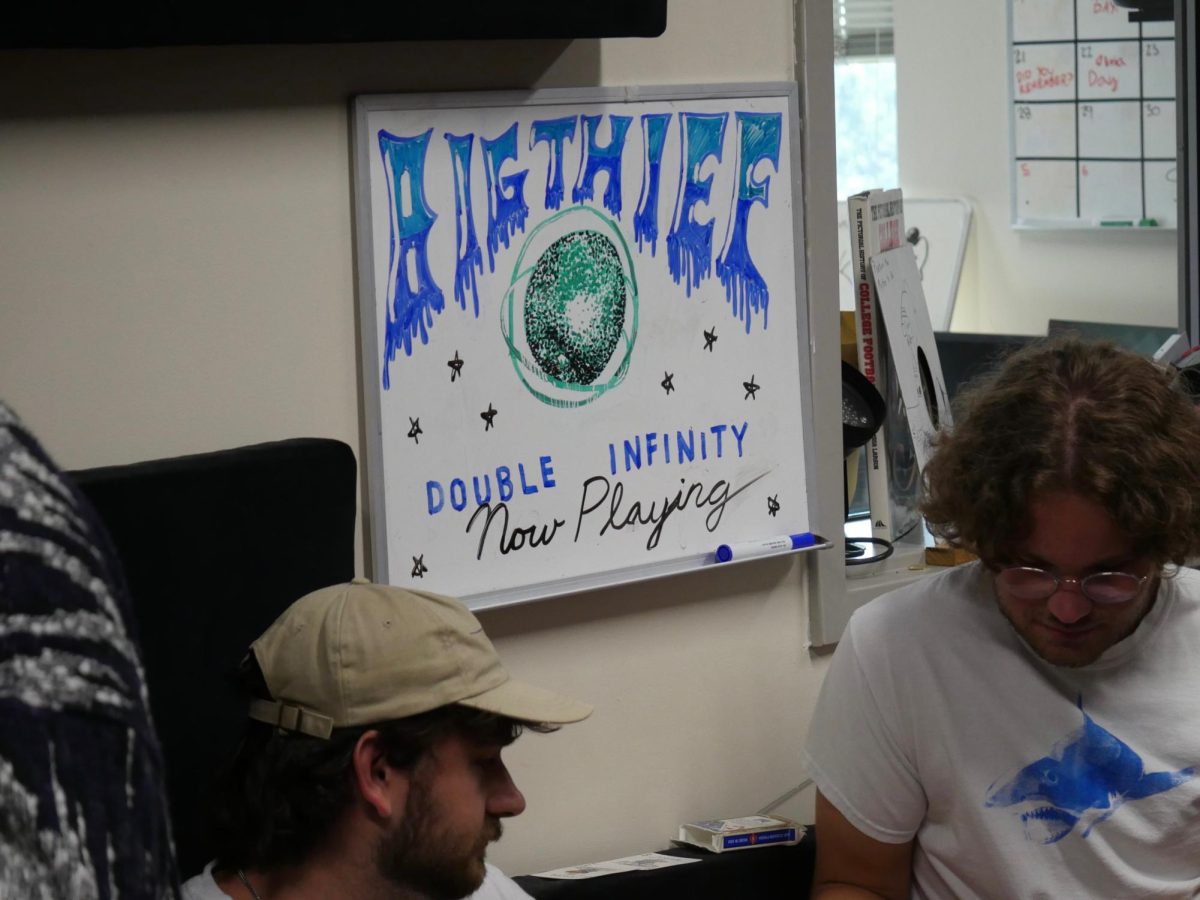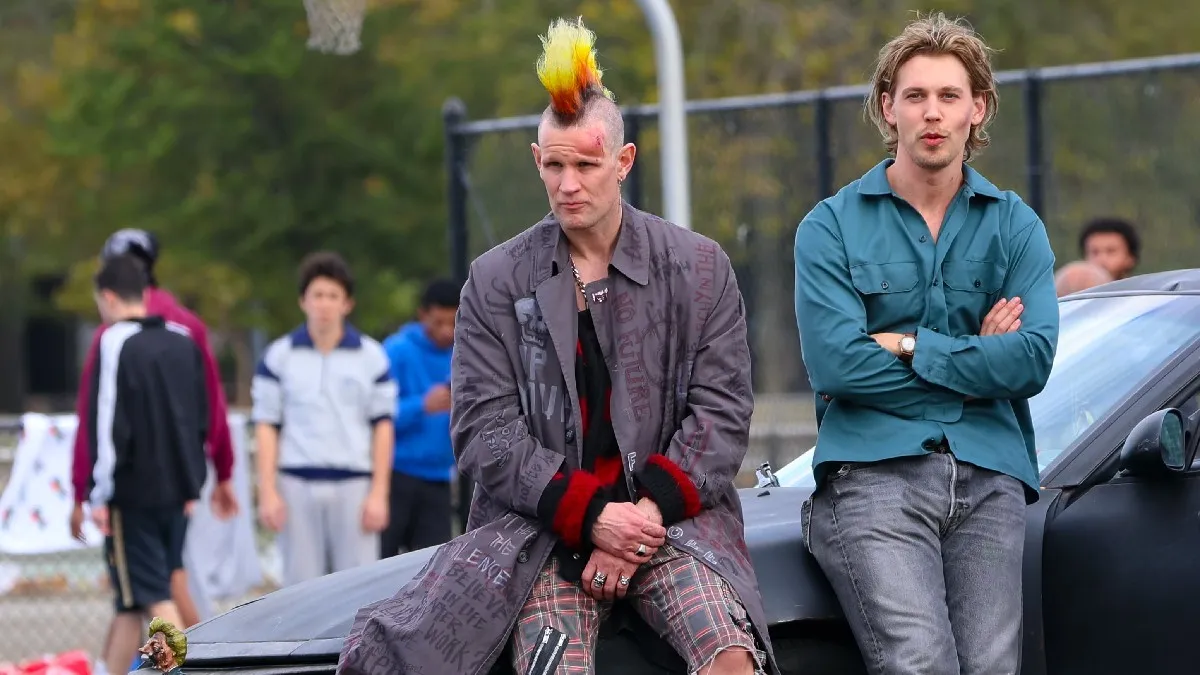Hispanic and Latin American culture is everywhere throughout the United States and, in the month of September, all around Clemson University. Hispanic and Latino Heritage Month celebrates and recognizes the culture, history and ancestors of Latinos in the United States.
In honor of Hispanic and Latino Heritage Month, the Hispanic and Latinx Heritage Month Celebration committee on Clemson’s campus hosts multiple events with “a desire to educate and heighten awareness about the rich culture.”
These events include various Latin and Hispanic cultural aspects, such as music, food, art and dance.
“It helps individuals in the United States understand why things look differently,” Dr. Rachel Moore, associate professor of the department of history and Latin American historian, said when asked why Latin American History is important. “It explains why they came to the United States.”
Every Friday during Hispanic and Latino Heritage Month, the Association for Latino Professionals for America is selling tamales and aguas frescas on Library Bridge starting at 11 a.m.
The International Dance Academy will perform and host Salsa at Sunset: Dancing through Latin America on Friday, Sept. 23, at 6:30 p.m. at the amphitheater.
To give students a taste of Latin American cuisine, the Latinos Unidos at Clemson University, the Clemson Commission on Latino Affairs and the Gantt Center will be having Café con Leche on Oct. 11 at 3:30 p.m. in Cooper Library.
Additionally, there will be the Noche de Gala on Oct. 21 at 6 p.m. at the Barnes Center, where anyone in the community is welcome to join a night of dinner and dancing. Tickets will be available soon.
Nationwide, Hispanic and Latino Heritage Month began on Sept. 15, celebrating the day of various Latin American countries’ independence, including Guatemala, Costa Rica, Honduras, El Salvador and Nicaragua. The celebration was implemented by President Lyndon B. Johnson in 1968 as a tribute that lasted one week; however, President Ronald Reagan extended it to an entire month in 1988.
The Hispanic and Latin American culture is seen everywhere in the United States with food, music, dance and art. When asked why students should be aware of it, Dr. Moore expressed that “it makes individuals understand Latin American pop culture.”



